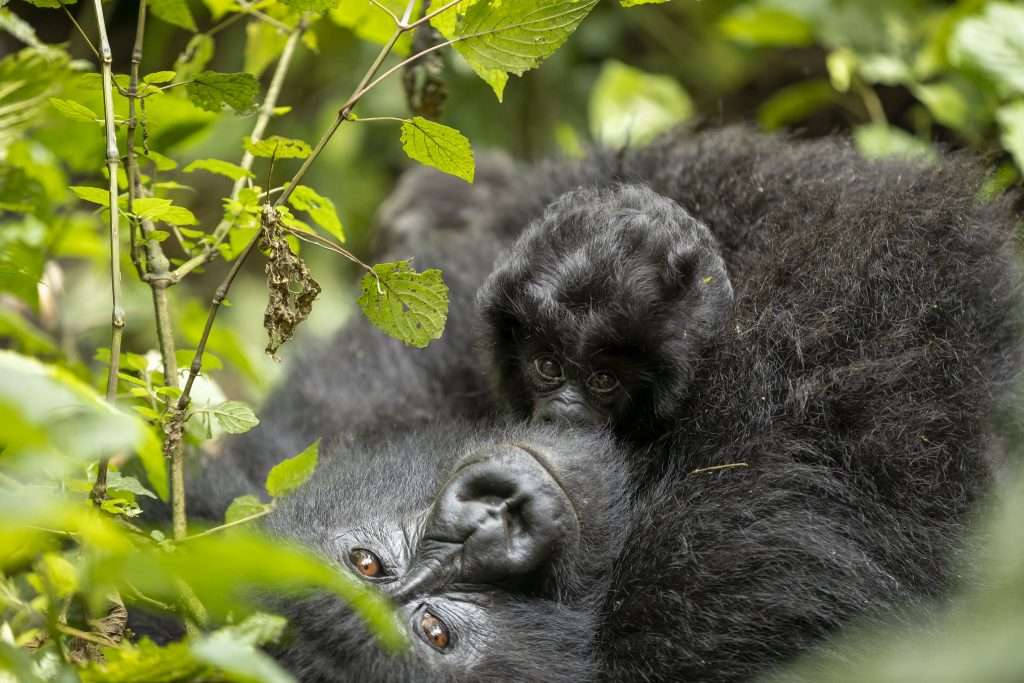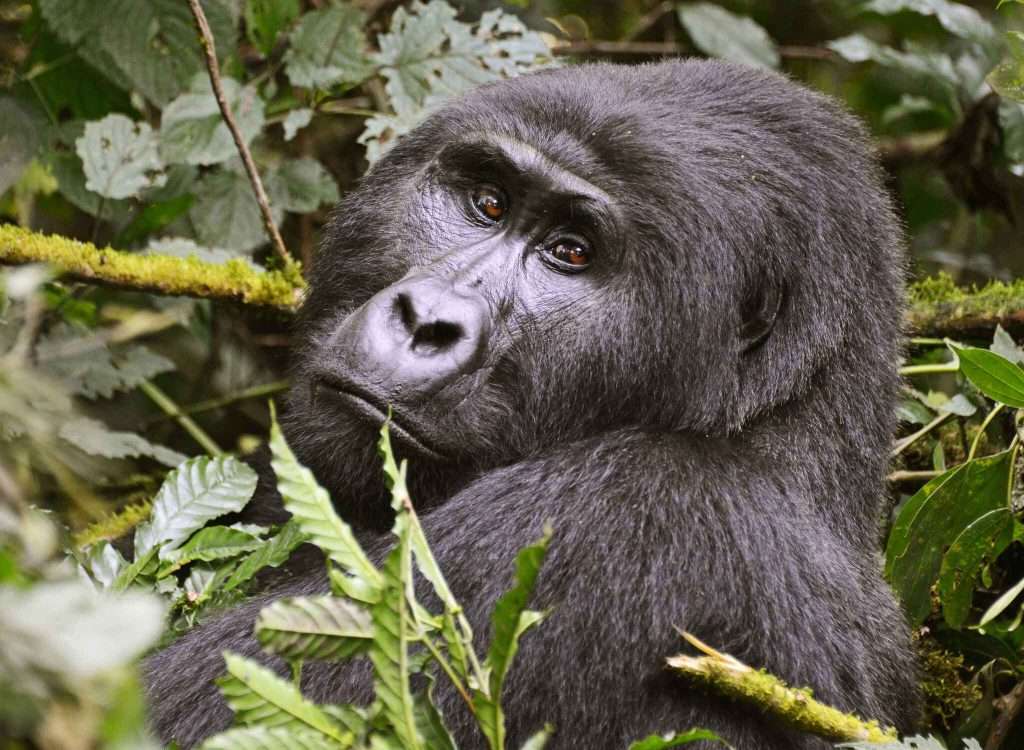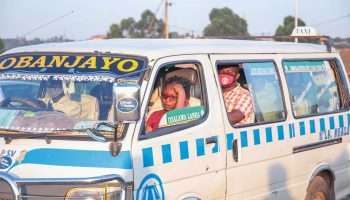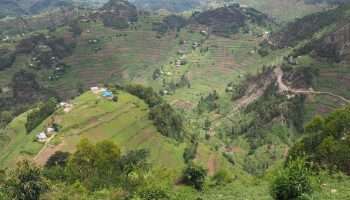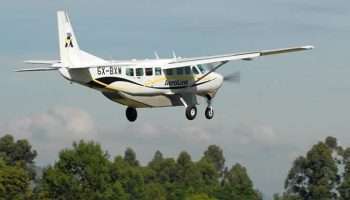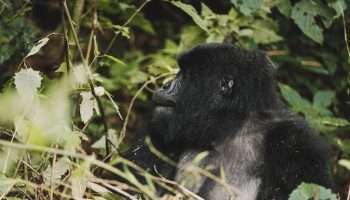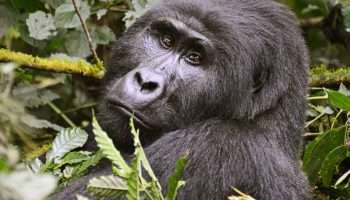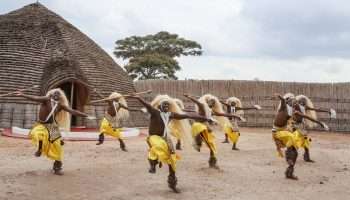In Motion Gorilla Safaris is a premier tour operator specializing in unforgettable gorilla trekking adventures across Uganda, Rwanda, and the Democratic Republic of Congo.
Driven by our genuine passion for tourism, conservation, and community empowerment we dedicate ourselves to delivering exceptional tour and travel experiences. Our goal is to inspire, connect, and exceed every client’s expectations.
Welcome to In Motion Gorilla Safaris
Your Gateway to Unforgettable African Adventures
In Motion Gorilla Safaris is a leading gorilla trekking company offering unique and well-crafted safari packages across East Africa. We create unforgettable journeys that connect travelers with wildlife, culture, and breathtaking natural landscapes. Our passionate team and knowledgeable Ugandan guides ensure every safari is authentic, safe, and truly memorable. Our adventures include gorilla trekking, golden monkey tracking, chimpanzee trekking, nature walks, bird watching, cultural encounters, game drives, hiking, boat cruises, and photography safaris — giving every traveler a rich and diverse East African experience.
- Customize Your Trip
- Lowest Price Promise
- Flight & Transport Help
- Expert Local Guides
- Eco-Friendly Travel Certified
Gorilla Destinations
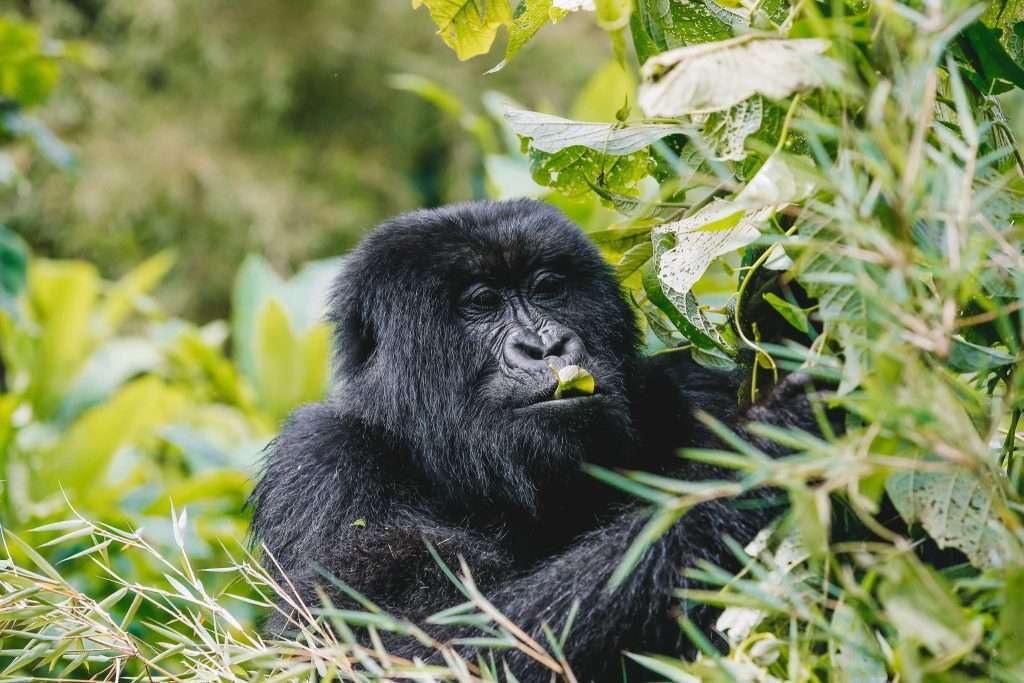
Rwanda
Best Gorilla Trekking Trips and Safari Trips in 2025/2026
No tours found.
About Mountain Gorillas
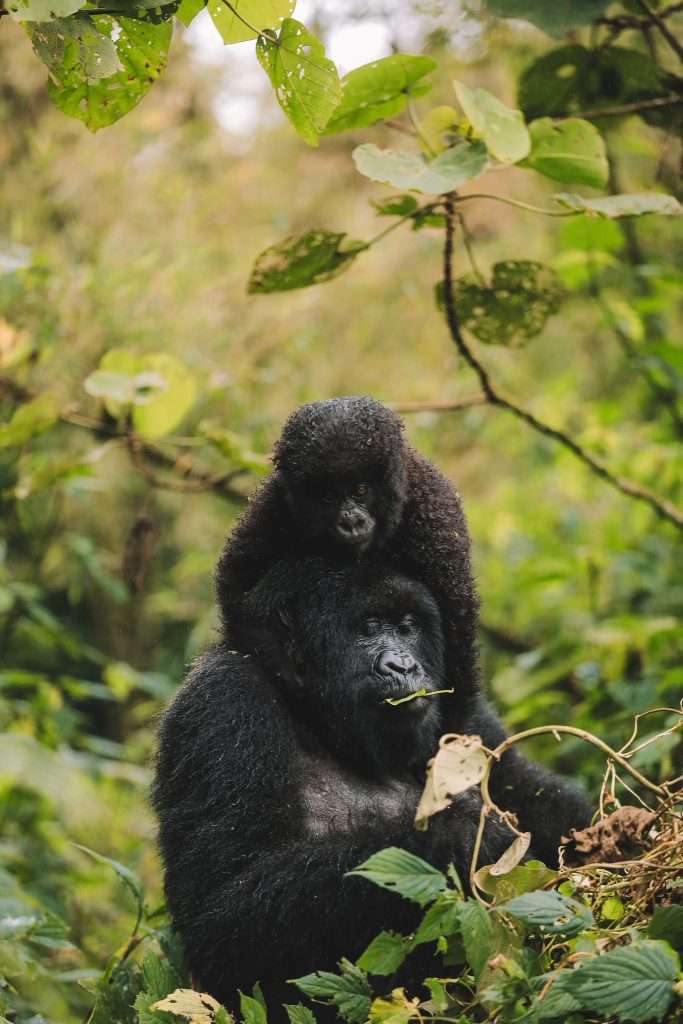
About Mountain Gorillas, the mountain gorilla is one of the two sub species of the eastern gorilla. On the IUCN Red List, it is listed as an endangered species. The total population is estimated to comprise of 1,004 individuals as of 2018 census. Mountain gorillas are tremendously social and live in groups of 2 to 40 led by the silverback, a dominant male that is the chief leader and protector. The majority of males leave their biological group around 11 years old. Some move alone and others travel with other males for a few years until they attract females to join them.
The silverback leads the group to the best spot for feeding and resting throughout the year. Generally, conflicts are resolved through standoffs and intimidating behaviors meant to frighten intruders away without causing physical harm. However, almost 10 times stronger than the biggest American football players, a silverback protects its group from attacks by humans, leopards, or other gorillas—even if it means sacrificing his own life.
The female usually gives birth when she turns 10 and has offspring every four or more years. Newborns are weak and weigh only about four pounds. Their first movements are awkward, like a human infant, but they develop almost twice as fast. Infants nurse and are gradually weaned after they turn three when they are more independent. Mountain gorilla infants have been a principle focus for poachers.
Their diet is made up of more than 10 different species of plants. These great ape favors celery, thistles, wood, and roots. And it rarely needs to drink since it gets most of its water from the plants it consumes.
Why Travel With Us?
Expert Local Guides
Travel with knowledgeable guides who bring East Africa’s wildlife and culture to life.
Legit Safari Experiences
Every journey is customized to match your style, schedule, and adventure goals.
Worry-Free Travel
We handle every detail so you can relax and fully enjoy your African adventure
Latest Travel News
Top Tourist Attractions in Kisoro: Uganda’s Hidden Gem of Adventure & Culture
Rwanda’s Culture and Heritage: A Tapestry of Tradition and Resilience.
Our Affiliations

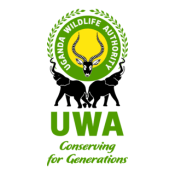
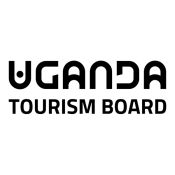

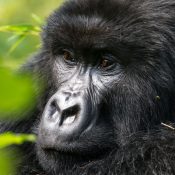
Experience the Wonders of Uganda, Rwanda, and Congo Like Never Before
Embark on a journey where gorilla and chimpanzee trekking meet authentic cultural encounters—each moment crafted to reflect your unique sense of adventure.
Share your travel dreams with us and we’ll design a personalized African experience filled with magic, memories, and meaning.

